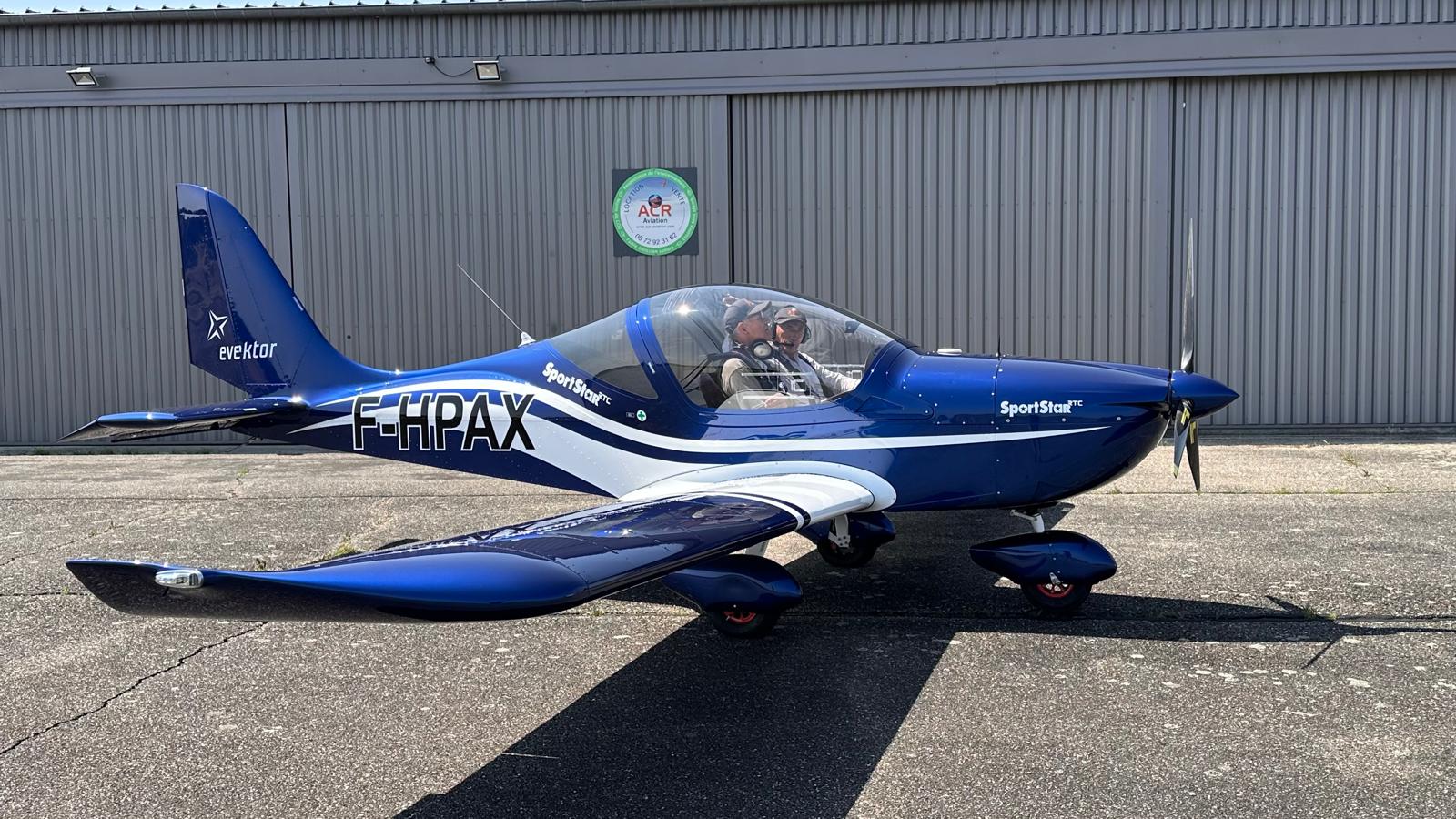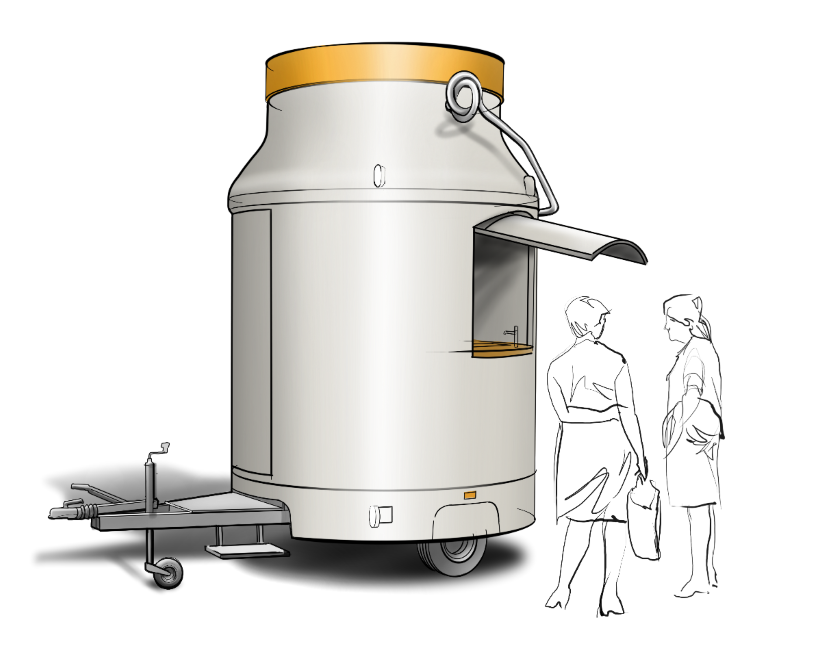Search...
Flying The Evektor Harmony


The Czech Republic-based company, which has the distinction of producing the first LSA certified in the U.S., showcased the Evektor Harmony at the Sebring show. Like its predecessor the popular Evektor SportStar, the Harmony is a low-wing metal design. Although there is a familial resemblance in the design, it’s obvious the engineers at the Evektor factory have been working to improve a good thing. The Harmony has a more refined, elegant look to it.
“The Harmony is the next evolution for Evektor,” said Steve Minnich, owner of Dreams Come True Aviation in Dayton, Ohio, the midwest sales representative for Evektor Aircraft. “Evektor has some 280 professional engineers. In 40 years they haven’t seen something that they can’t make better.”
Minnich took time out from selling to give me a walk-around tour of the Harmony, starting in the cockpit. I remarked that the cockpit looked more spacious than the SportStar I flew in 2005.
“It is,” Minnich confirmed. “The firewall has been moved forward 4 inches. That 4 inches allows us to position the bar for the rudder pedals forward 2.5 inches. That’s even further than the US standard proportions. It is still three positions adjustable, but for the taller pilots, it allows us to go out further.”

Pilots who have flown the SportStar will notice the steering feels more stable and responsive in the Harmony.
“That’s because the nose gear has been redesigned,” said Minnich. “It is not as short-coupled as the earlier version of the Evektor. The steering linkage is dropped through the floorboard and connected through an aviation-style coupler to the main gear.”
Perhaps the most striking feature of the Harmony is the redesigned wings.
“The wings are tapered and elongated,” Minnich noted. “The ailerons are a full bay longer and larger than the previous ones. That gives the pilot better control at low airspeed and overall more responsiveness and greater crosswind capability.”
The design of the cockpit is customer driven.
“They can get a mission-specifi panel,” said Minnich. “We see a lot of our customers who are coming out of more advanced aircraft like Bonanzas and Cirrus and they are used to having a full panel or glass. We don’t deny them anything.”
The Harmony on display featured an integrated panel with a full EFIS with a Garmin 496, and an autopilot and full radio bay and Mode S transponder.
”Minnich notes that there are some 1,000 Evektors flying in Europe and 98 in the United States, including several in flight schools. The sturdy metal construction means the LSAs are “very tough and hold up in the flight training environment,” Minnich said, noting that like its predecessor, the Harmony is held together with aluminum rivets and a 3M bonding agent that is designed to “keep its elasticity and prevent side-loads on the rivets.”

The test flight
During Sebring the job of taking customers on test flights fell to Art Tarola, a 6,000-hour pilot and Designated Examiner from Allentown, Pennsylvania, who owns AB Flight, a business that focuses on Sport Pilot training in the Evektor models.
Checklist in hand, Tarola led me through the preflight inspection. One of the first things I noticed was the fit and finish of the ailerons. The added length (as compared to the original SportStar) gives the wing a graceful, slick appearance. The addition of vortex generators along the leading edge promises to provide extra stability at low airspeeds.
The Evektor Harmony is powered by a 100-hp Rotax 912 ULS, the industry standard for LSAs. In the early days of the LSA movement, many flight schools were reluctant to add an LSA to their fleets because of concerns about finding a qualified mechanic to perform maintenance on the Rotax, as well as the unknown factor of the reliability of the engine. Just as LSAs have gained acceptance, so have the Rotax engines, said Tarola, noting that Rotax makes all sorts of engines for airplanes from LSAs to jets.
He removed the cowling so I could get a better look at the powerplant. The first thing I noticed was the white fire-protecting coating on the interior of the cowling.
“It’s actually a fire barrier,” said Tarola. “Should there be a fire in that area, the fire won’t burn through into the fuselage area.”
Like any other engine, the level of oil is critical for safe and efficient operation. In order to check the level, the oil has to be moved from the crankcase to the oil tank. Pulling the propeller through a few times moves the oil to the tank. Tarola demonstrated. The sound of the oil moving through the system makes sort of a burping sound, which is why pilots often refer to this process as “burping the engine.”
For the normal pre-flight inspection, the oil sump is accessed through a push-button door and the level checked with a dipstick.
“The oil is a motorcycle style oil made by Aeroshell. It is compatible with wet clutches and gears,” Tarola explained. “The engine actually has three methods of cooling. The cylinder heads are liquid cooled with an automotive style coolant, the cylinders are air cooled, and the internals of the engine are cooled with oil.”
One of the items on the checklist is verification of weight and balance. Because LSAs have a small useful load as compared to a standard category aircraft, it’s important they be operated within weight limits and the center of gravity envelope.
“It’s still up to the pilot to use conventional math to figure out the weight and balance of the aircraft,” said Tarola, “but to help them remember, there is a sticker on the canopy that tells you how much weight you can put in the back, how much fuel, and so forth.”
The canopy in the Harmony is different from the early model SportStars. I found it is easier to position and lock.

“This canopy came in to existence in 2008,” Tarola confirmed. “Before then we had a chrome moly frame with aluminum over it and a quarter twist type locking mechanism. This new design is composite and has a tighter fit. To latch it all you do is pull down on the canopy. There is an annunciator on the avionics panel that shows us whether the canopy is locked or not.”
A few minutes and a clearance from the tower later we were airborne. Like most LSAs, the Harmony gets off the ground quickly.
“It’s the combination of the comparatively light weight and the 100-hp Rotax,” said Tarola as we climbed from the runway.
Once we were away from the show grounds and at altitude, the test flight began with clearing turns.I was surprised at how little rudder was required for coordinated flight.
“It is almost a no-rudder airplane,” Tarola confirmed. “The factory engineered the adverse yaw out of the airplane, so you don’t really have to correct for something that doesn’t exist.”
Overcontrolling is a common problem in such a light airplane, said Tarola, and proceeded to demonstrate how tight the CG envelope is. After trimming the Harmony for level flight we were able to make the airplane climb, turn, and descend by shifting our weight.
Slow flight was next. Bring the power back, deploy the flaps and trim for the nose-up landing configuration. The airspeed bled off….and bled off… and bled off until it hovered around 30 knots. The vertical speed indicator showed that we were in a 500 foot per minute descent, but there was no hard buffet or dramatic nose down pitching moment. Relaxing the back pressure changed the pitch enough for the airplane to start flying again. The stall in an Evektor Harmony was more like a mush, very similar to the experience one might have in the stall-resistant-by-design Ercoupe.
Steep turns were next. Roll into the bank, look outside (easy to do with the bubble-type canopy) and watch the horizon sweep by. The elevator and ailerons are actuated with a control stick. I found that resting my right wrist on my leg and using two fingers on the stick prevent me from overcontrolling.
Once I did that I found the Harmony to be one of the easiest to fly airplanes I’d ever been in.
“Once it is trimmed, it is,” Tarola confirmed my thought. “Because you’re not having to constantly adjust or fight with something, this airplane has a very small workload, which leads to a less fatiguing flight. You can take care of other tasks, like looking at your charts or setting your course or rummaging around in the back for a snack while the airplane continues to fly.”
On the subject of snacks, the Evektor Harmony has snack trays and cup holders installed in the cockpit. In fact, the cockpit feels more like a sports car than an airplane. There’s a reason for that, according to Tarola.
“Evektor, in addition to designing airplanes, has a design and test facility where they design interiors for the European automotive industry. The aviation side of the house went to the automotive side and said ‘we want you to spruce up the interior of our airplane and make it like a sports car’ and now we have cup holders and snack trays!”








